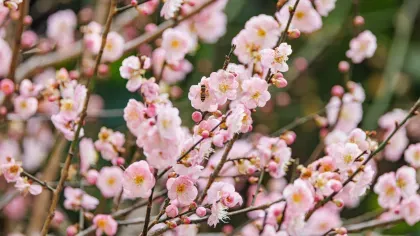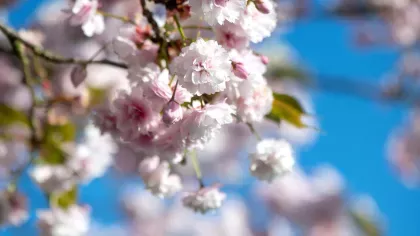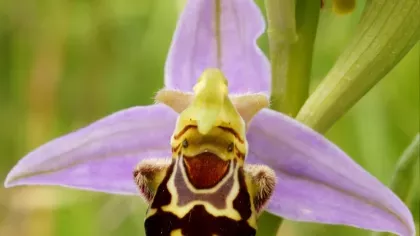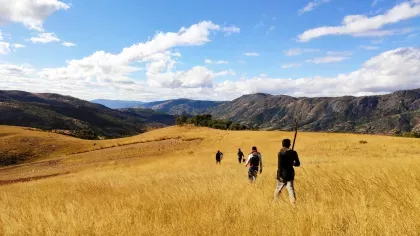16 July 2020
Best drought-loving plants for your garden
A round up of the best plants that survive in dry weather, rocky soil and high temperatures.

The UK's climate is changing, and warmer temperatures mean plants that were once difficult to grow in the UK can now thrive in our gardens.
At Kew Gardens, many plants that could only be grown in our glasshouses can now grow happily outdoors due to a warmer climate and reduced prolonged periods of below-freezing temperatures.
These plants make great additions to gardens as they don't require lots of watering and flourish in full sun.
Plants from the Mediterranean climate zones are also extremely tough as they're able to withstand long dry summers and sometimes low winter temperatures.
Whether you've got a large garden or just a balcony, we've rounded up our top drought tolerant plants that will work well in different spaces.
Allium
With a wide range of colours and forms, alliums are great for adding a splash of colour to your garden.
Most need free-draining soil, but other than that they will grow in almost all conditions and love full sun.
Depending on species and varieties, you can have them flowering from spring until the first frosts. If you leave them to stand, the seed heads add interest to gardens in the winter months when dusted with frost or snow.
They're the largest genus of all flowering bulbs, and with hundreds of species from all around the world.
For height, go for Allium ampeloprasum, which is one of the tallest alliums and can reach an impressive 1.5m. It has a tall strong stem which holds up a round flowerhead of pretty pink flowers.
You can see beautiful Allium carolinianum 'Rosy dream' in our Kyrgyzstan Trial Beds at Wakehurst, inspired by the hardy plant life along the Silk Road.
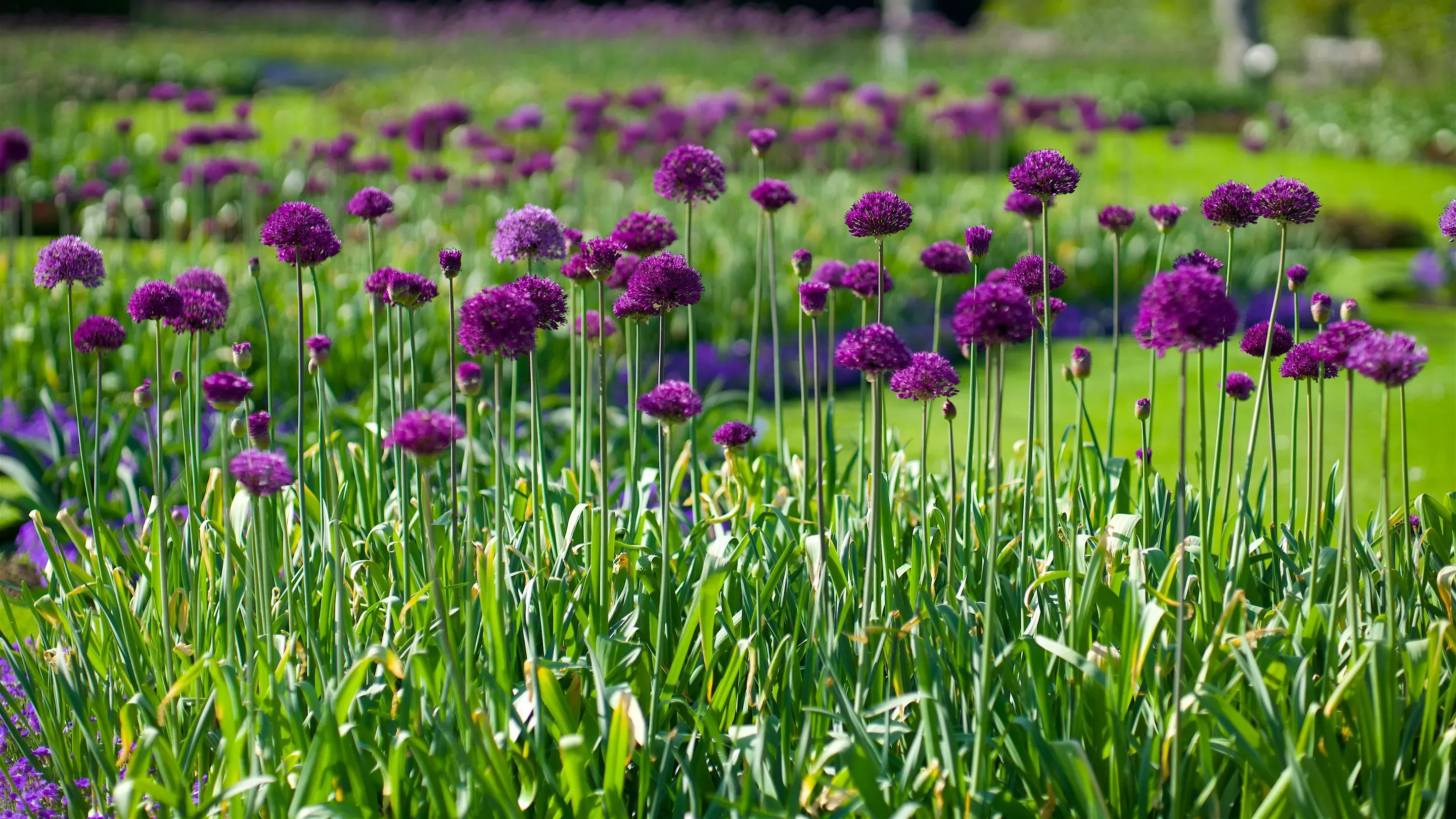
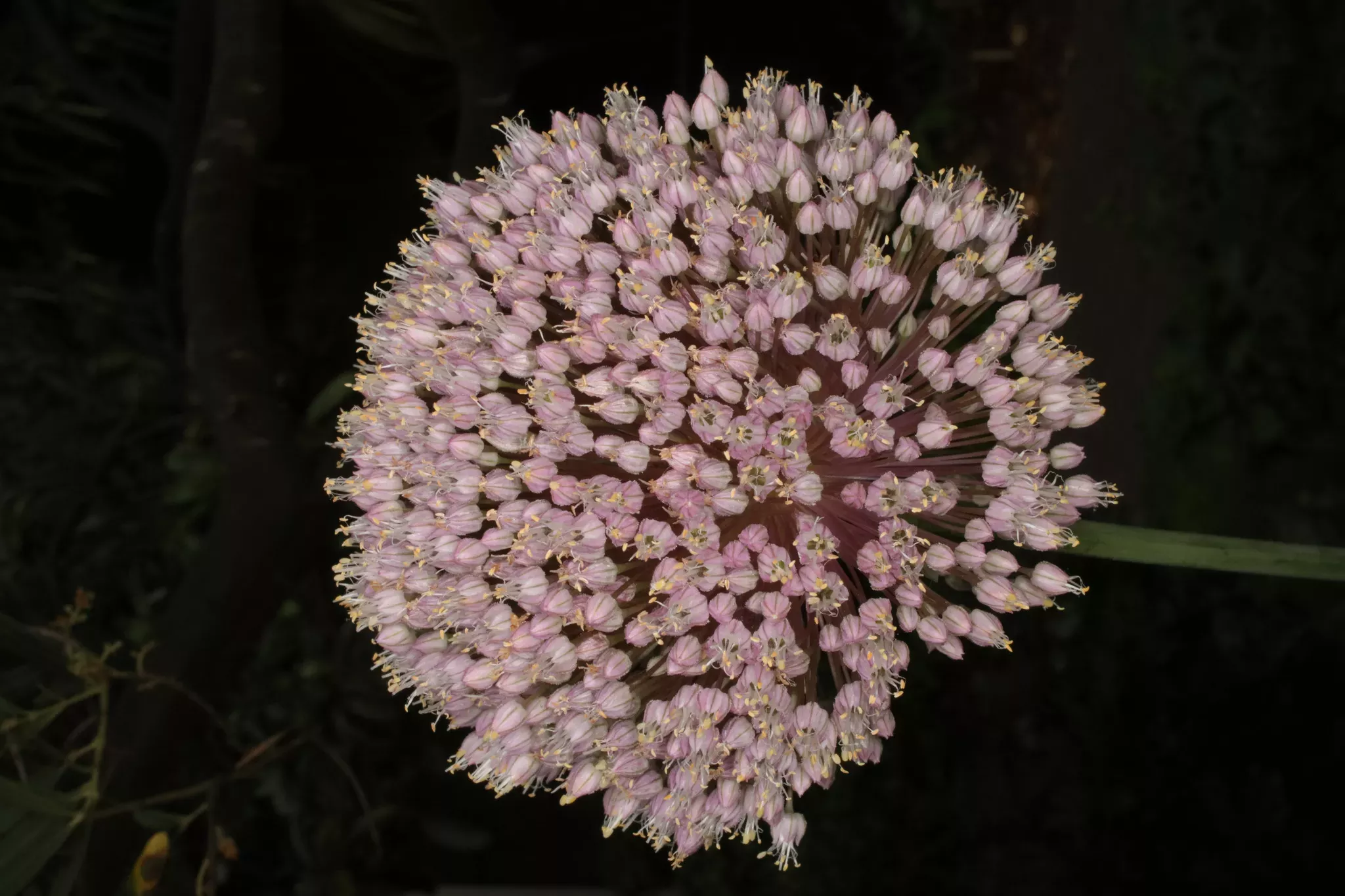
Common fig (Ficus carica)
These drought-tolerant trees are speedy growers and are best suited to larger gardens, as they grow quickly into large trees.
The cultivar 'Brown Turkey' is a good choice if you're growing specifically for the fruit.
Native to the Middle East, they are well adapted to warm, dry weather. Their leaves can wilt a little in hot sun but they soon recover.
Figs have a distinctive, sweet taste with a chewy texture. They're often used to flavour deserts and dried figs are a popular snack.
Figs are rich in minerals including magnesium and potassium, and are sometimes used as a natural laxative due to their high fibre content.
The tree has biblical associations, as Adam and Eve use the leaves to clothes themselves after eating from the Tree of Knowledge.
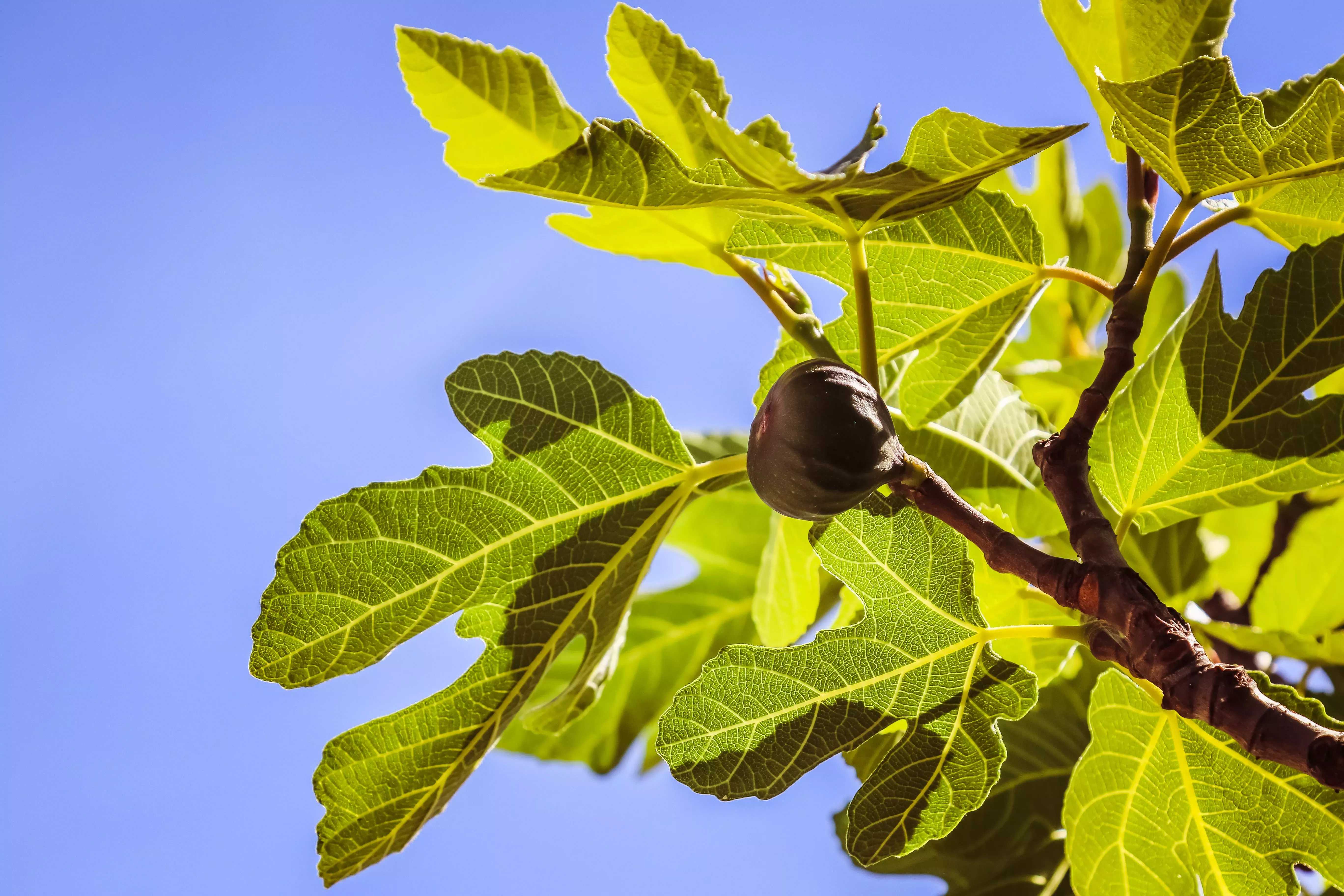
Wisteria
Although it doesn't have a long flowering season, wisteria is still well worth growing for its beautiful blooms in May and June.
Often seen as large plants climbing up the sides of houses, Wisteria have no problem dealing with dry conditions at the base of buildings and will thrive year after year.
The most popular wisteria is Wisteria sinensis, which produces long twining stems and fragrant lilac-blue flowers.
Most varieties are capable of growing 10m high in trees, and 20m against a wall. They can also be trained on pergolas and arches, and at Kew Gardens you can see them entwined on our beautiful wisteria cage near The Hive in May and June.
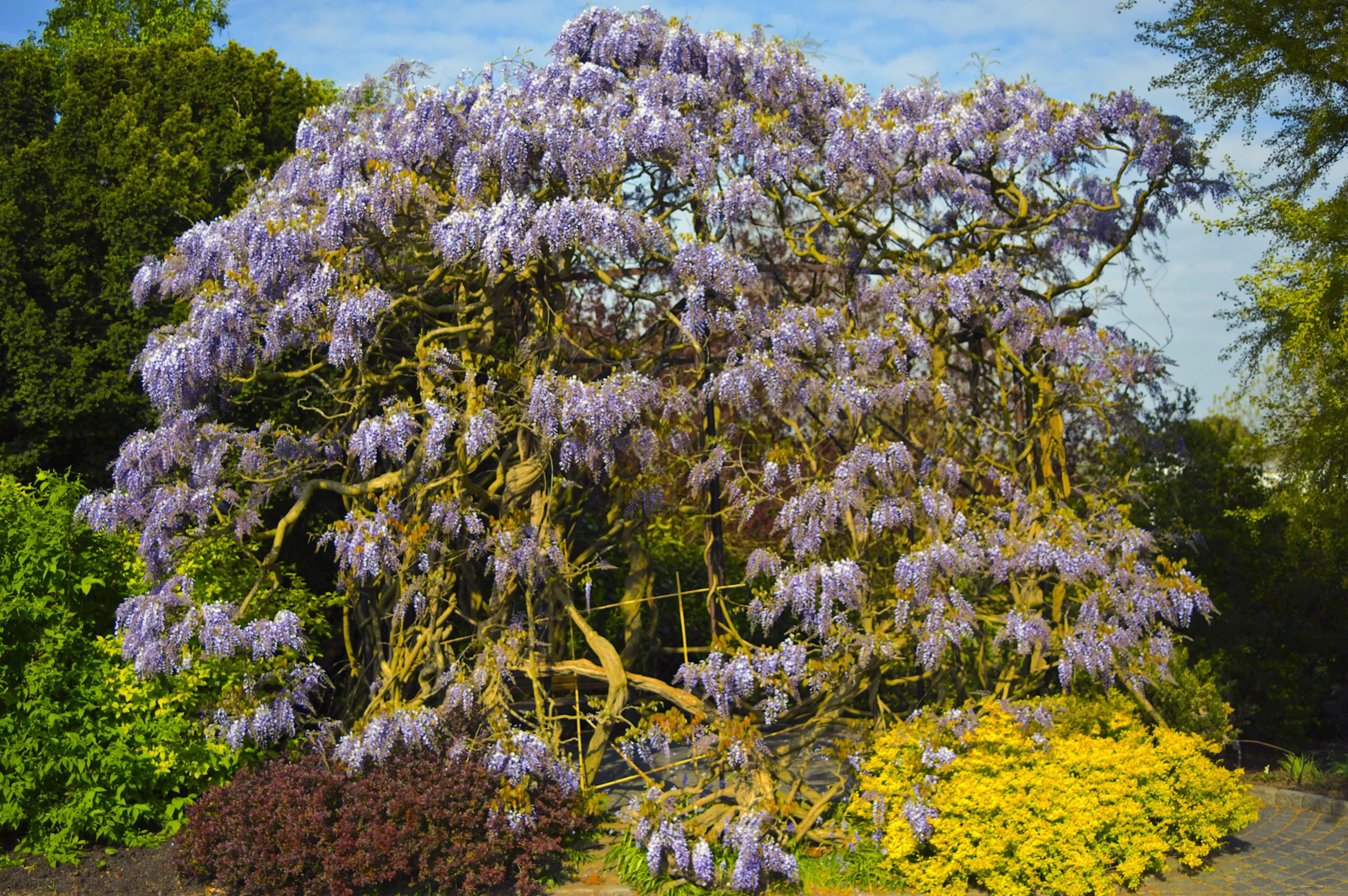
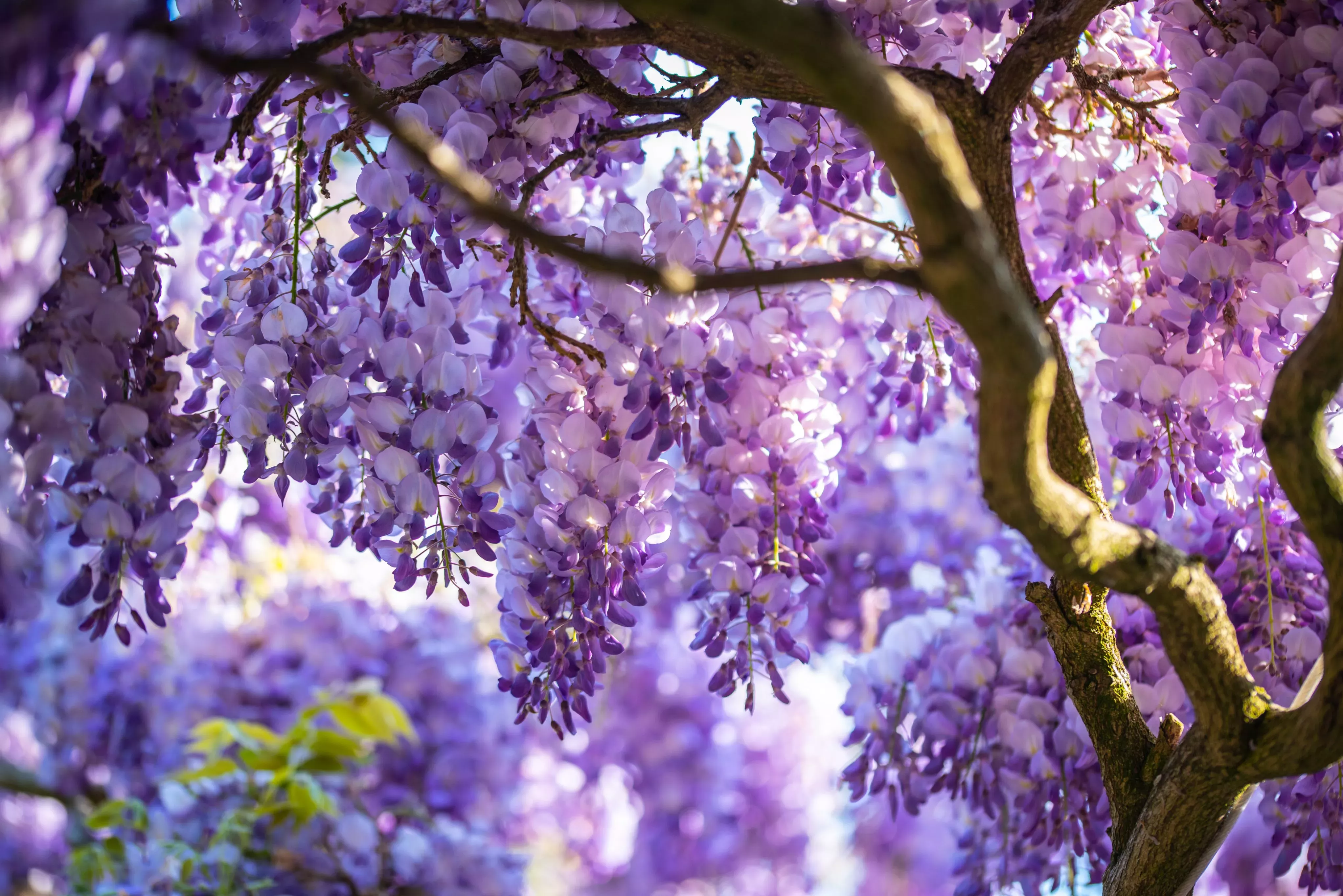
Agapanthus
Agapanthus includes a wide range of species and colours, but it's the deciduous ones that are hardier and more drought-friendly.
Although they're commonly known as African bell lilies and Lily of the Nile, Agapanthus aren't actually lilies. They're in the same family as daffodils and are native to southern Africa.
Heads of trumpet-shaped flowers make these beauties a great addition to the borders in your garden, and they can also be planted in pots.
There are hundreds of varieties and cultivars. Some good ones to try are:
- Deep blue Agapanthus africanas (evergreen).
- Bright white Agapanthus 'Artic Star' (deciduous).
- Agapanthus 'Northern Star' (deciduous) which have violet flowers with striped petals.
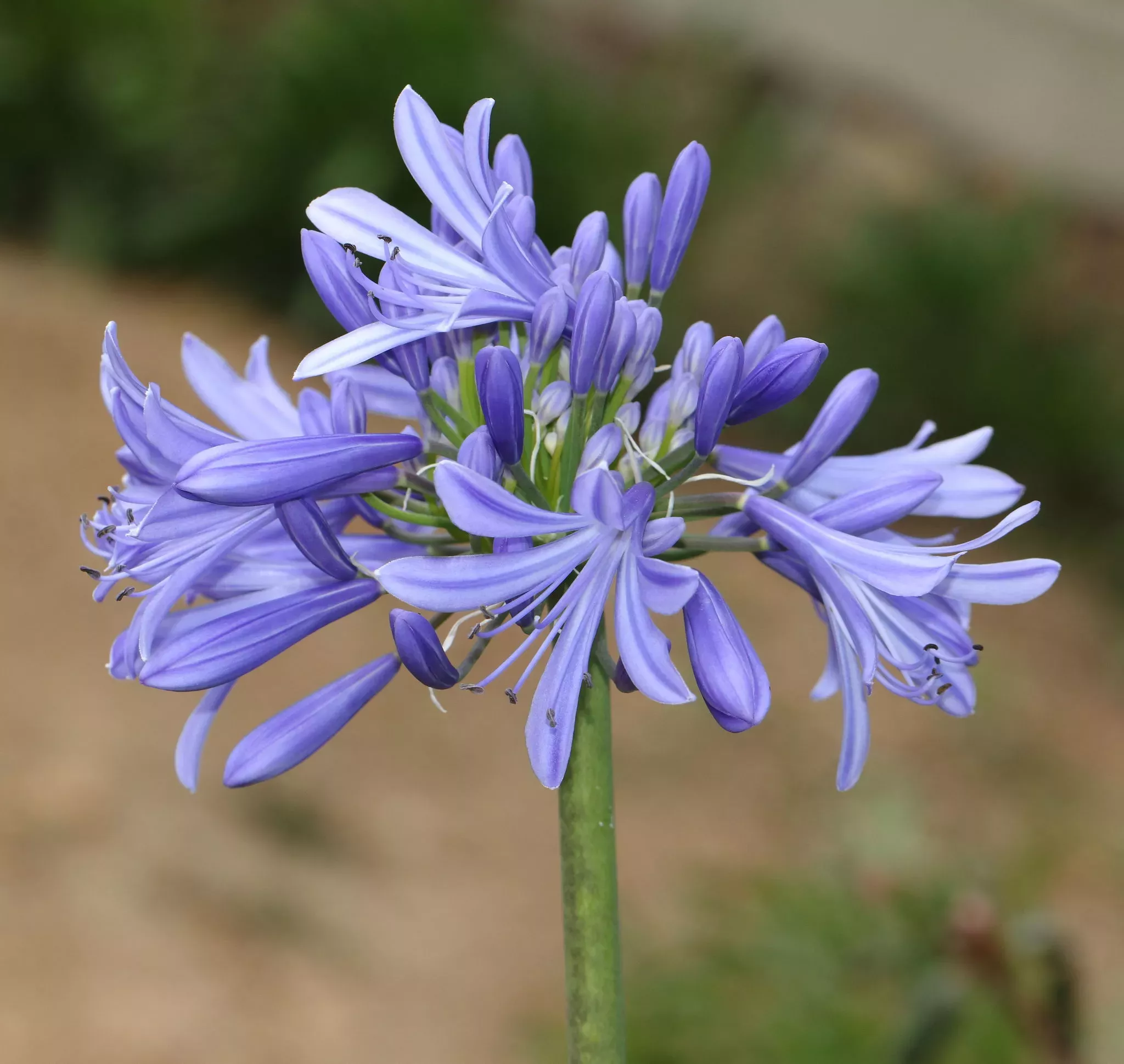
Echium
Add the wow factor to your garden with these beauties.
Try Echium albicans, an upright biennial that we grow in our Mediterranean Garden. Originally from the mountains of Andalucia, it produces rosettes of silvery-grey leaves and in spring grows a flower spike 20cm tall.
The flowers range from pink to purple, and the long silver hairs on the stems and flower buds create a stunning silvery effect.
Echium wildpretii is less hardy but is also a good choice with its bright pink flowers, and it grows 2 m tall.
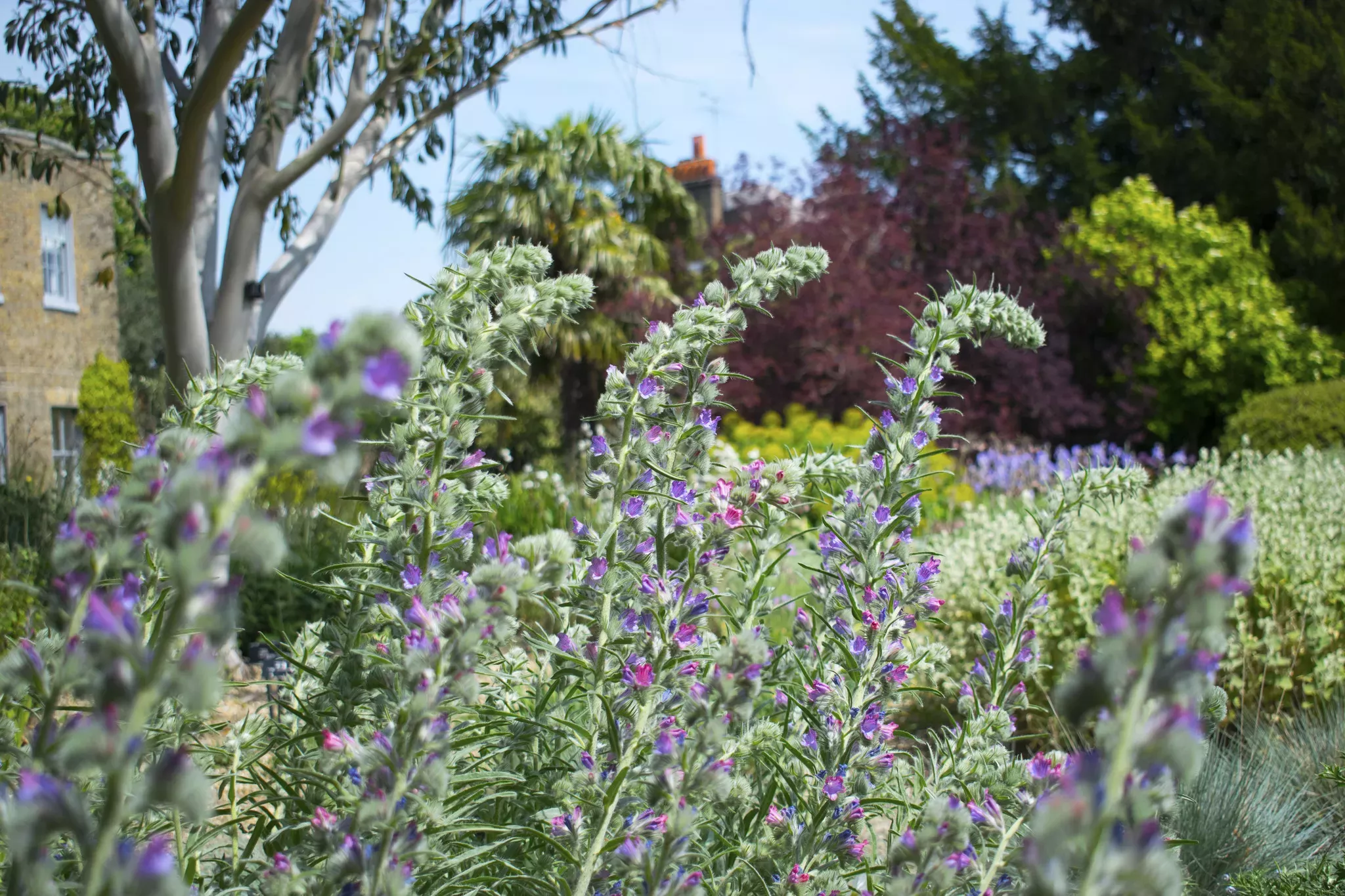
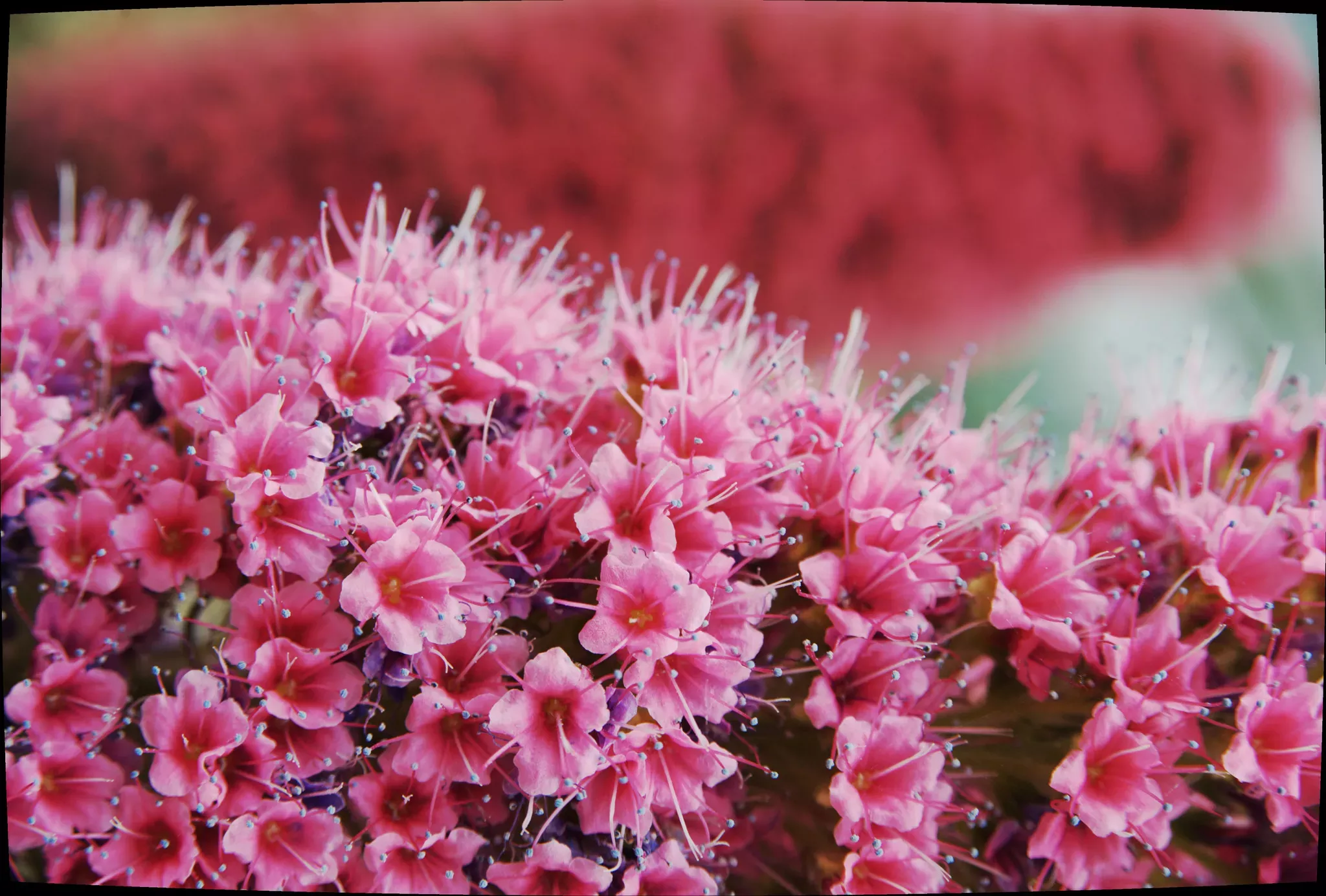
Agave
This silver-blue succulent is a statement plant that looks great growing on a bed of gravel. They like to grow in well drained soil and are hardy in low temperatures.
Agave americana grows leaves up to 2m long. It's commonly known as a century plant because it takes a long time for the plant to flower. Although not a century, it can take a lengthy 30 years to produce flowers.
A specific cultivar of Agave tequiliana called 'Weber Azul' is used to make tequila. The cores are shredded and the sugar is extracted, distilled, and fermented to make the well-known alcoholic spirit.
Agave nectar can also be eaten, and is used as an alternative to sugar in food and drinks.
But beware, the leaves of Agave have sharp prickly spines so this is not an ideal plant if you have pets or children.

Cistus
Sun-loving Cistus come in all different shapes and colours.
The crumpled petals make the plants look fragile but this is far from the case. In their native habitats they thrive in poor impoverished soils, enduring months of baking heat.
They produce new flowers everyday, which fall during the hottest part of the day only to be replaced the following day by new ones.
In less harsh British conditions, the flowers last longer into the afternoon. Bees love them as the centres are filled with pollen producing stamens.
Cistus albidus are a good choice. They have soft felty leaves, which contrast with their crumpled-looking petals and lilac to pink flowers.
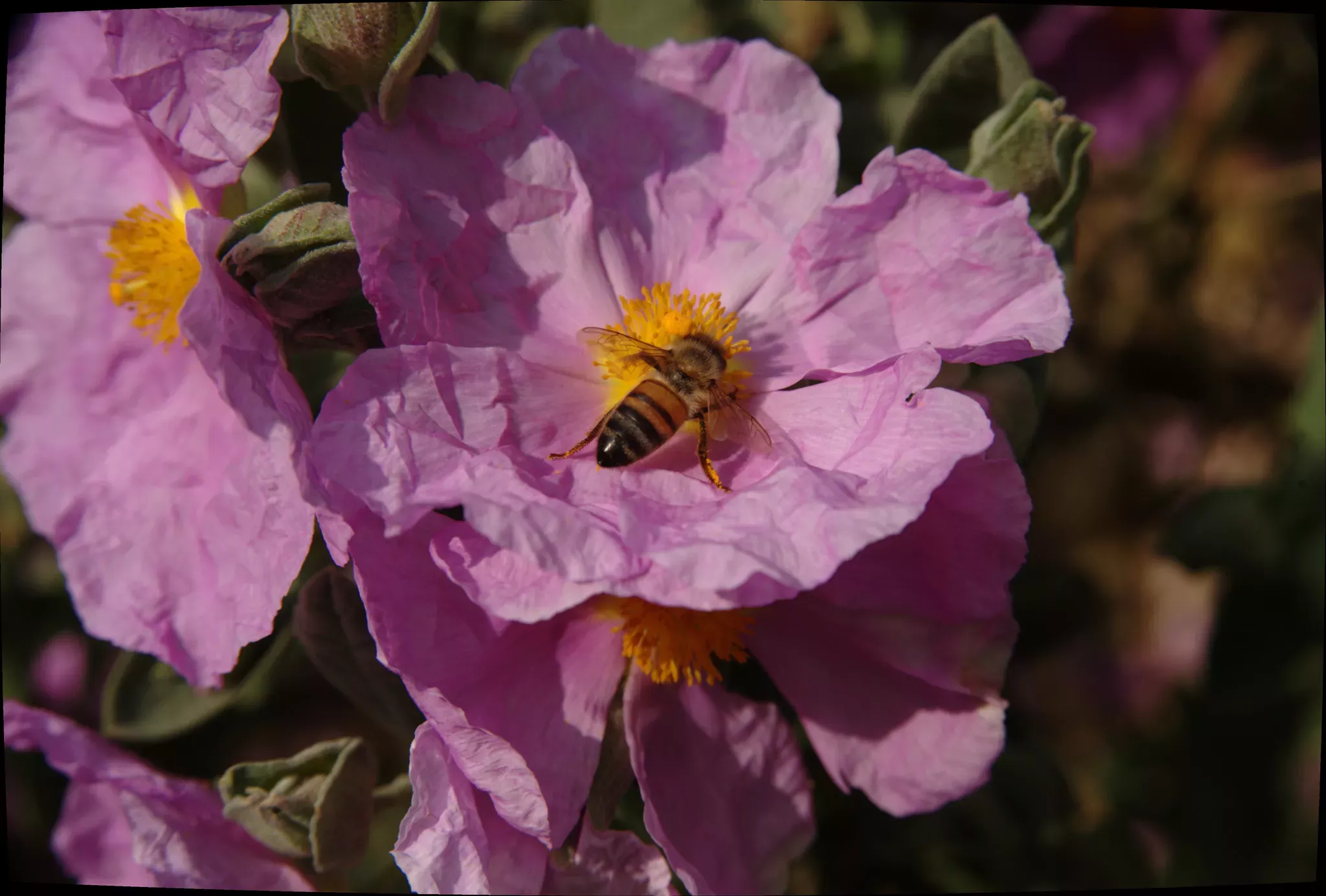
To find out more about drought-loving plants and how to grow them, pick up a copy of Gardening with Drought-Friendly Plants by Kew horticulturalist Tony Hall.

